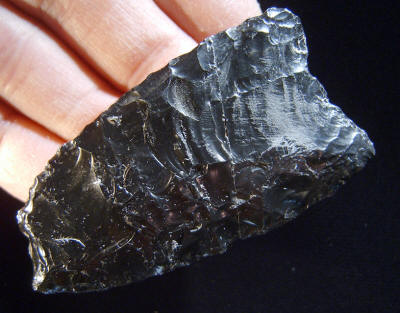|
CLOVIS POINT
HOYT SITE
CENTRAL OREGON
PRIVATE COLLECTION
COPYRIGHT
FEBRUARY 28, 2011 PETER A. BOSTROM

CAST ILLUSTRATED
CAST
#P-92
CLOVIS POINT
HOYT SITE
GREAT BASIN REGION IN CENTRAL OREGON
PRIVATE COLLECTION
This is the first Clovis artifact identified to have ancient adhesive
preserved within the hafting area. It was found several years ago by John Dyck
on the Hoyt site in the Great Basin region of Central Oregon. It's
most important feature is the abrasion scratches located on both
sides on the channel flake scars. Lab analysis by Kenneth B. Tankersley
revealed the presence of an organic hafting adhesive (mastic) in the
striations. Chemical and microscopic analysis identified the material as
amber resin along with possible particulate wood charcoal inclusions.
This is the first documentation of a Clovis point that has it's original
hafting adhesive preserved on the channel flake scars.
It's not uncommon to find Clovis points made of Obsidian that
have striations on the basal channel flake scars. It's believed the
striations were added to the hafting element on Obsidian because the
newly fractured surface of Obsidian is very smooth. The additional
surface roughness gives the hafting resin extra holding or gripping
qualities. Obsidian was one of the softest materials used to make Clovis
points. Obsidian has a Mohs scale hardness of between 6.0 and 6.5.
Chert, Chalcedony, quartz crystal and orthoquartzie have a hardness of
7.0.
The Hoyt site was a
habitation and stone tool manufacturing site. Several Clovis artifacts
and waste flakes were surface collected on this site over a period of
several years. This Clovis point has impact damage to the point. It's
made of black opaque Obsidian and measures 2 5/8 inches (6.7 cm) long
and 1 3/8 (3.5 cm) wide.
|
